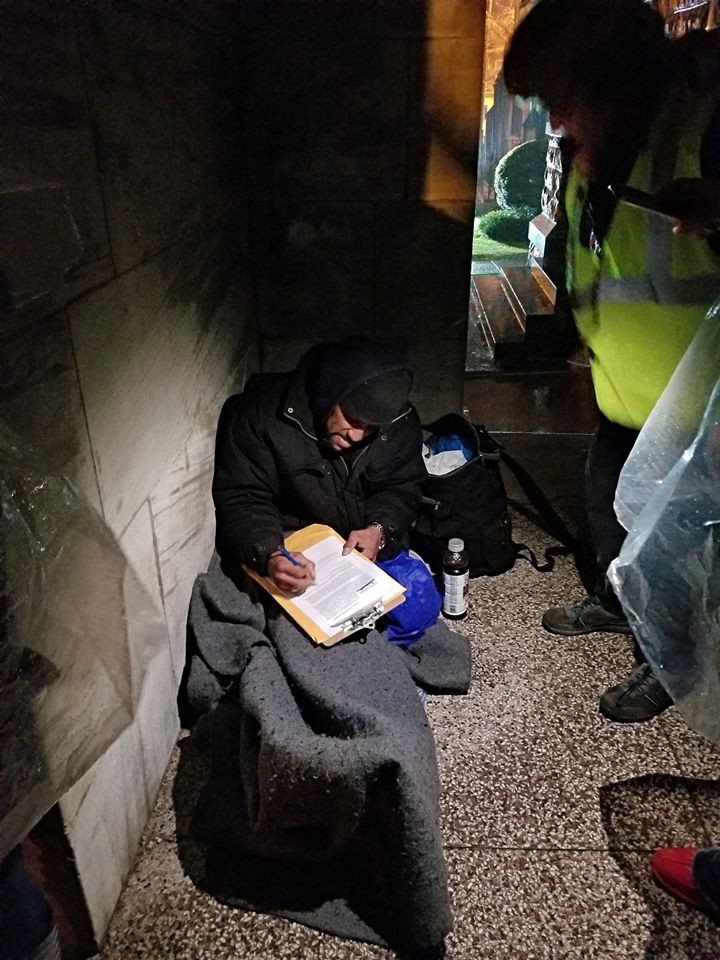 CAFTH
CAFTH
The 2020 Unsheltered Point-in-Time Count found that 90% of those experiencing homelessness in TN were sheltered.
This week, the Continuum of Care began conducting its bi-annual Unsheltered Point-in-Time Count to monitor the homeless population in Shelby County. Continuum of Care is one of the lead agencies tasked with working towards ending homelessness in Memphis. and group works with different service providers and partners throughout the city to tackle the issue.
The Unsheltered Point-in-Time Count keeps track of how many times people move in and out of shelters in the city, and is federally mandated by the Department of Housing and Urban Development. During the count, volunteers go through Memphis and create a list of those experiencing homelessness on the streets and in shelters. That data is then fed into the homelessness management system allowing for an accurate representation of the homeless population in Memphis, as well as nationwide.
The COVID-19 pandemic has affected how the Continuum of Care has tackled the count. Planning director Grant Ebbesmeyer explains that while this has been a difficult year, they have still been able to find positives.
“It’s certainly a difficult year. From a broad perspective, it changed how a lot of our partners have worked together, but it’s actually been kind of a positive,” says Ebbesmeyer “We have definitely been able to strengthen relationships with some of our partners, and amongst other partners as well, who in the past might have said we need to do something more on our own, but these days have realized that there is really strength in numbers through coming together and partnering with different agencies.”
This year the Unsheltered Point-in-Time Count will look a little different. Normally, around 100 volunteers would spilt up and begin canvassing the street at 4 am before heading to soup kitchens and meal sites later in the day. Due to COVID-19, Continuum of Care will instead ask 11 different service sites throughout the city to monitor and gather data from those stopping by the shelters. The canvassing period has been elongated to compensate for the change, and the organization will continue to send out small groups of people to gather data each day.
“We know it’s not perfect, but in a lot of ways, this is the best that we can do, working with some of our agencies that have very limited capacity or staff to be able to report data to us on a regular basis,” says Ebbesmeyer. “We definitely didn’t want to miss having a full data set for this year, especially since it’s been a very different year than in the past.”